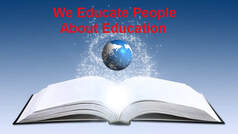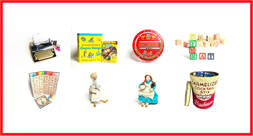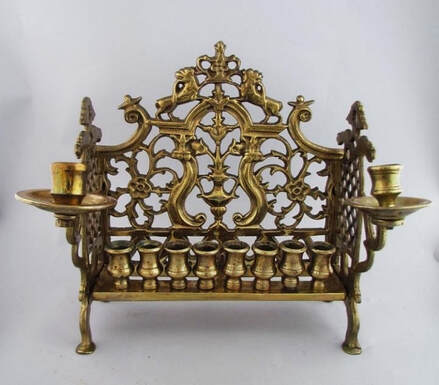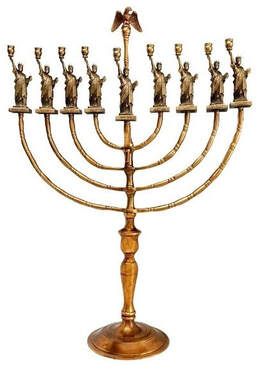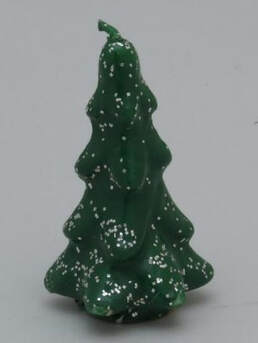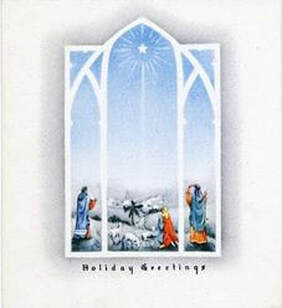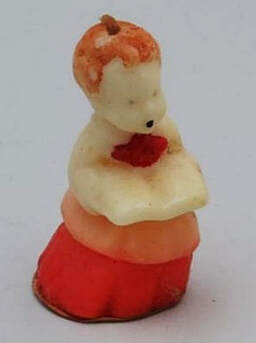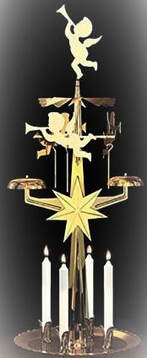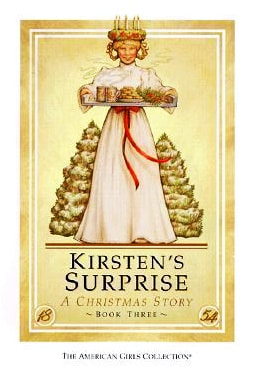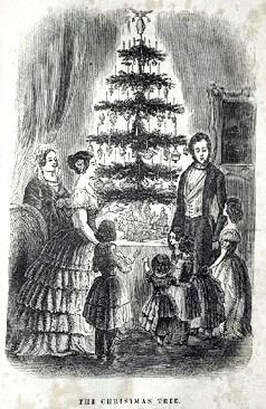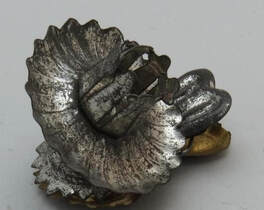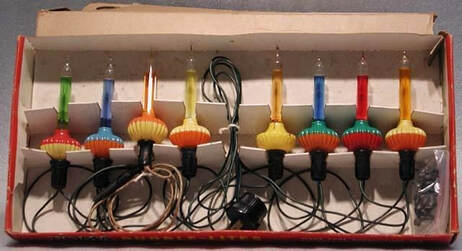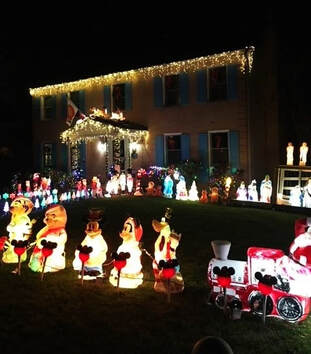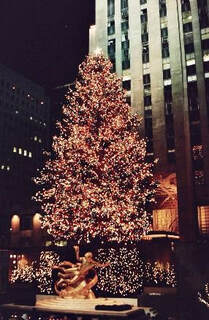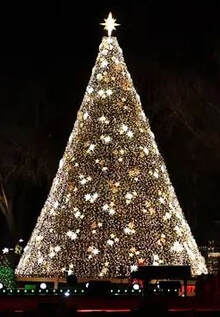“Remember that the happiest people are not those getting more, but
those giving more.” -- H. Jackson Brown, Jr.
those giving more.” -- H. Jackson Brown, Jr.
|
|
Illuminating Thoughts from a MOTAL Friend The Smithsonian Lights the way to Understanding Have you ever noticed that in addition to special food treats, lighting is often central when celebrating a special event? There are candles on birthday cakes, "Roman Candles" or fireworks to top off the Fourth of July picnics and barbeques, and lighted jack-o-Lanterns to light pathways for trick or treat at Halloween.This time of year there are lots of other holidays that feature lights and candles, and one has a history that date to ancient times. The Jewish Festival of Lights, or Hanukkah, dates to antiquity and is celebrated globally. Hanukkah begins at sundown on December 18th this year and continues for eight days. Each night, special candles are lit to celebrate the cleansing and reopening of the Temple in Jerusalem after its recovery from a war more than 2,000 years ago. Menorahs are candelabras used to hold seven, eight, or nine Hanukkah candles. My family has a small seven candle menorah that was purchased by my grandparents on a trip to the Middle East. My family would bring it out during the holidays and place it next to our Swedish Angel Chimes as a reminder of family and friends who celebrate Hanukkah as we celebrated Christmas. We would share holiday traditions and sweet treats produced by my mom with extended family and friends of all beliefs! Below are examples of eight and nine candle menorahs from the National Museum of American History’s collection. National Museum of American History, Smithsonian Institution CL.33932
This menorah was traditionally used by European Jews and is about 360 years old. It looks like a fancy bench with two lions of Judea on top, has eight candle holders or sockets all in a row and space for two more candles on the side arms for extra light. It was brought to New York in 1902 by an immigrant from Europe. Immigrants often brought a few precious family objects with them to have a piece of their homeland when they celebrated holidays in their new country. Do you have something that reminds you of a special holiday or tradition?
The below Statue of Liberty Hannukah Lamp was designed in 1986 by artist Manfred Anson to celebrate the statue’s 100th birthday. The nine Statues of Liberty each have a candle holder where Lady Liberty would be holding a torch, and each is engraved with the name of an important person or event in Jewish history. National Museum of American History, Smithsonian Institution
Diwali is another Festival of Light. It is celebrated in the fall by Hindus especially in India and involves lighting a small oil lamp, lantern, or candle.
Another holiday that makes use of candles is Kwanzaa, which celebrates African American history and culture. Each day from December 26th until New Year’s Day, candles are lit that represent the seven principles of unity, self-determination, collective work & responsibility, cooperative economics, purpose, creativity, and faith. The candles are either black, red, or green and are placed in a special candle holder called a kinara, which looks much like a menorah. While Kwanzaa was originally created by African Americans, anyone may can celebrate it. Candles and light are an important part of Christmas too. Candles molded to look like trees and choir boys have been used to decorate for Christmas throughout the last century. National Museum of American History, Smithsonian Institution
Another European tradition is St Lucia Day or St Lucy Day on December 13th. Anyone familiar with the American Girl doll Kirsten would recognize the St. Lucia costume on the cover of the book, Kirsten’s Surprise.
A responsible girl is chosen to portray St. Lucia in the ceremony or parade. The imagery symbolizes the bringing light into a dark world at the start of the winter solstice or the day of the year when it remains dark the longest. The St. Lucia girl wears a long white dress with a red sash and a crown of lighted candles and leads other children through the community while carrying a tray of treats. Can you imagine trying to balance a full tray of food while walking with a crown of lighted candles on your head? Fortunately, today’s St. Lucia crowns have battery- operated candles which are much safer.
In the 19th Century, a tree lighting really meant lighting the candles on a Christmas tree. The black and white print of Queen Victoria family with their Christmas tree illustrates a tree with bright candles.
Fortunately, electric lights were invented. The first electrically lit Christmas tree that we know of belonged to Edward Johnson of New York City in 1882. It had about 60 bulbs that glowed red, white, and blue and was used to advertise Edison’s lighting system.
National Museum of American History, Smithsonian Institution
2003.0030.06 While electrically lighted Christmas trees were somewhat safer than candles, not all were well made; some ran very hot and caused fires. In 1884, the Underwriters Laboratories was formed at the urging of insurance companies, to test the safety of electrical devices and holiday lights. We still see their seal of approval today tagged on strings of holiday lights. Newer LED lights run cool and virtually eliminate the threat of fire if used properly.
These can take the form of displays on homes in your neighborhood, decorated streetlights on a main street, or a community tree located in your town square, Rockefeller Center, or the National Mall. Whatever holiday you celebrate, please enjoy the beautiful illuminations that this season brings, but please be safe while burning candles! Debbie Schaefer-Jacobs is a curator in the Division of Home and Community Life at the National Museum of American History, Smithsonian Institution and a friend of the Museum of Teaching and Learning. Thank you for reading, Greta Nagel, PhD MOTAL President and CEO We Educate People About Education |
MOTAL Articles are emailed
Every Friday, and posted on our website by Monday! Subscribe to receive our Articles and Newsletters CLICK HERE Here is a direct Link to our NEW MOTAL YouTube Channel :
MOTAL- The Museum of Teaching and Learning While you are there, please click on the SUBSCRIBE button which is FREE! YouTube will reward MOTAL with our very
own URL when we have 100 subscribers. Make sure and check out our podcast Series! Teaching in Times of COVID-Eposode All of us at the Museum of Teaching and Learning are deeply grateful for your involvement and support. Thank you!
This year we’re sharing some updated data to reflect some of our work in 2022. Here you go. . . MOTAL by the Numbers
Like, Follow, and Subscribe!
Click above image or Here
|






